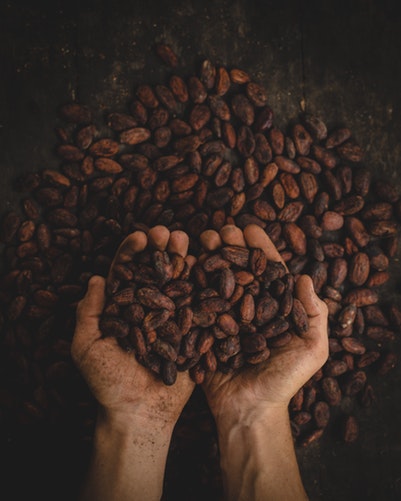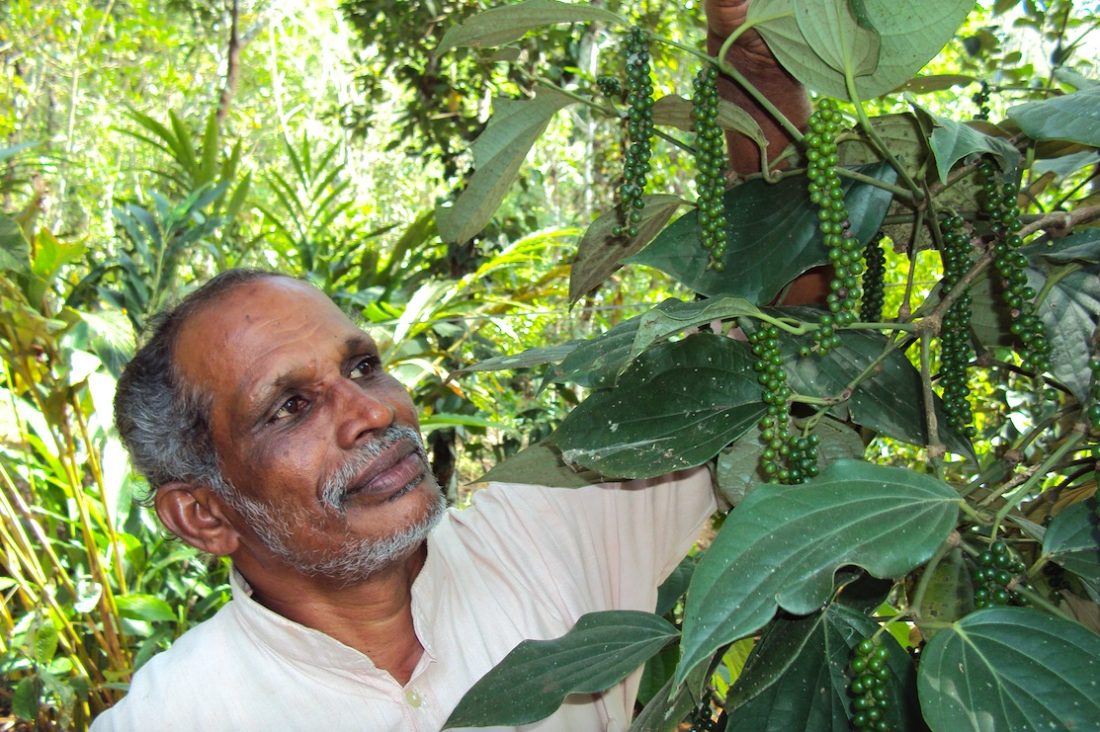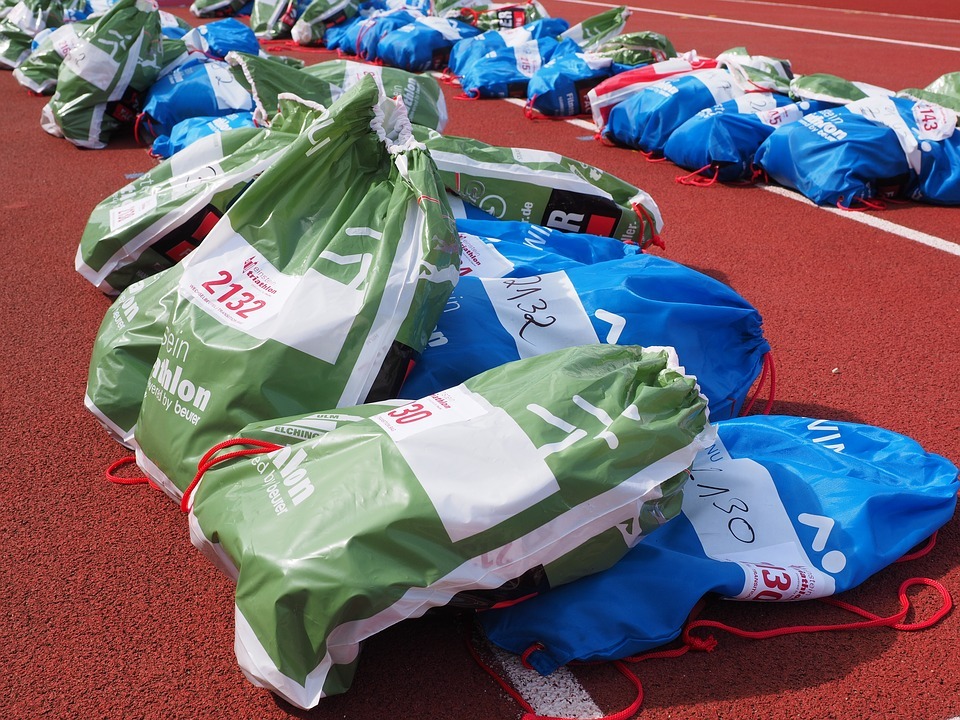In case we need any more evidence of the reality of climate change, besides the hundreds of scientific reports published over the last few decades, we can simply observe the changes in the seasons and weather. These shifting weather patterns are obvious without any deep research.
Farmers around the world are witnessing dryer seasons or rain and floods that affect their planting calendar and crop. In the US, the federal office of Nebraska estimates the state’s flood damages amount to 1.4 billion dollars, including livestock, crop losses, and infrastructure damage. So far, 2019 is the worst year for planting soybeans.

As of May 2019, farmers still had 116 million acres of land left to plant. Prior to 2019, the maximum amount of land left unplanted was 91 million acres in 1995. This situation threatens the food supply as livestock and food manufacturers depend on the supply of crops. In addition, many foods popular in the American diet contain corn and soy. The crop shortage will increase the prices of those ingredients and makes it difficult for food manufacturers to produce foods that contain them.
 In May 2019, American farmers alerted the world to the critical weather conditions that affected the food supply. They used the hashtag #NoPlant19 on Twitter to bring more awareness to their situation. Farmers like Pete Bouman, from southwest Minnesota, posted photos of the flooding on his farms. On June 1, 2019, only 14% of Pete Bouman’s crops had been planted.
In May 2019, American farmers alerted the world to the critical weather conditions that affected the food supply. They used the hashtag #NoPlant19 on Twitter to bring more awareness to their situation. Farmers like Pete Bouman, from southwest Minnesota, posted photos of the flooding on his farms. On June 1, 2019, only 14% of Pete Bouman’s crops had been planted.
The US-China trade war is putting more pressure on farmers. China’s retaliatory tariffs prevent US farmers from selling their soy to the Chinese market, their main importer.
The US government put financial support in place for farmers hurt by the harsh weather. Officials from the Department of Agriculture’s Farm Service Agency, Natural Resources Conservation Service, and Risk Management Agency stated that this support is particularly beneficial considering the additional pressures on farmers. The US-China trade war is one of these pressure points. China’s retaliatory tariffs prevent US farmers from selling their soy to the Chinese market, their main importer. As a result, many farmers planned to plant corn this year — even though soybeans are generally more resistant to flooding. Another struggle for farmers is the impact of the current low prices of produce in the US.

Climate change is affecting multiple regions in the world. A few months ago, Italians were worried about the olive oil supply. Coffee farmers around the world are dealing with heat waves that make the harvest more inconsistent. In May 2018, severe hailstorms in Bordeaux, a winemaking region in France, damaged thousands of acres of grapes. While in 2017 the same region suffered from severe frosts. The consequences of climate change on sensitive plants and harvests can be very dramatic.
Climate change is also putting at risk the most vulnerable, affecting the poorest farmers. In Mongolia, herders are among the 22% of the population living below the poverty line. The dzud, characterized by a harsh winter followed by a very dry and hot summer, recurs more often and with more severity in Mongolia. Dzuds threaten livelihoods as during these periods’ livestock can’t reach the pasture underneath the thick snow, and many animals die during this season. The only way for farmers to avoid losing all their herds is to obtain high-interest loans to buy extra fodder.

At the same time, regions like England and Poland benefit from climate changes in some ways, as their lands become more suitable for growing certain crops. We can see how some farmers make different agricultural choices based on the impact of climate change. For example, up until 20 years ago, pinot noir was mainly grown in France, but then Oregon began growing the grape variety. Among grape varieties, pinot noir is one of the most sensitive to weather conditions. Today, Oregon is well-known for its wines. Maybe in 20 years’ time production will move even further north, and people will start growing pinot noir in Washington state or British Columbia, Canada.
Climate change will, without doubt, disturb the supply, production, and availability of food in the future. Today we are already witnessing some changes in our supermarkets and restaurants. The future of food will be oriented around trends such as lab-grown meat and fish from companies like Impossible or Blue Nalu. Perhaps food grown through vertical farming with Aerofarms, lab-made eggs by Just, DNA modified fruits and vegetables, algae-based products, insects, or even 3D printed food will become part of our regular diets.
Editor’s Picks — Related Articles:
 “Seamore: Could Seaweed Become a Common Source of Sustainable Food?”
“Seamore: Could Seaweed Become a Common Source of Sustainable Food?”
 “The Commercialization of Farmers’ Innovation: Farming Innovators and Rural Entrepreneurs”
“The Commercialization of Farmers’ Innovation: Farming Innovators and Rural Entrepreneurs”
Large corporations and startups are working toward sustainable solutions and improving the future of our planet by building long-term eco-friendly products. For instance, the British startup arborea developed the “Solar Leaf,” a technology that absorbs CO2 from the atmosphere whilst creating oxygen and plant protein. Inside the Solar Leaf, micro plants perform a photosynthesis process. This technology provides ingredients for food manufacturers as the microalgae contain nutrients such as proteins, vitamins, minerals, and fatty acids.
Climate change already affects farmers and will continue to do so. Some farmland may benefit, while other regions won’t. But political decisions, global demand, and agriculture practices will also impact the future of our food production and agriculture. Farmers will have to diversify their fields by practicing even more conscious crop rotation and developing smart agriculture practices to adapt to climate change. They’ll also have to consider how to increase production and income while reducing overgrazing, as well as careful use of energy, pesticides, and fertilizer.











